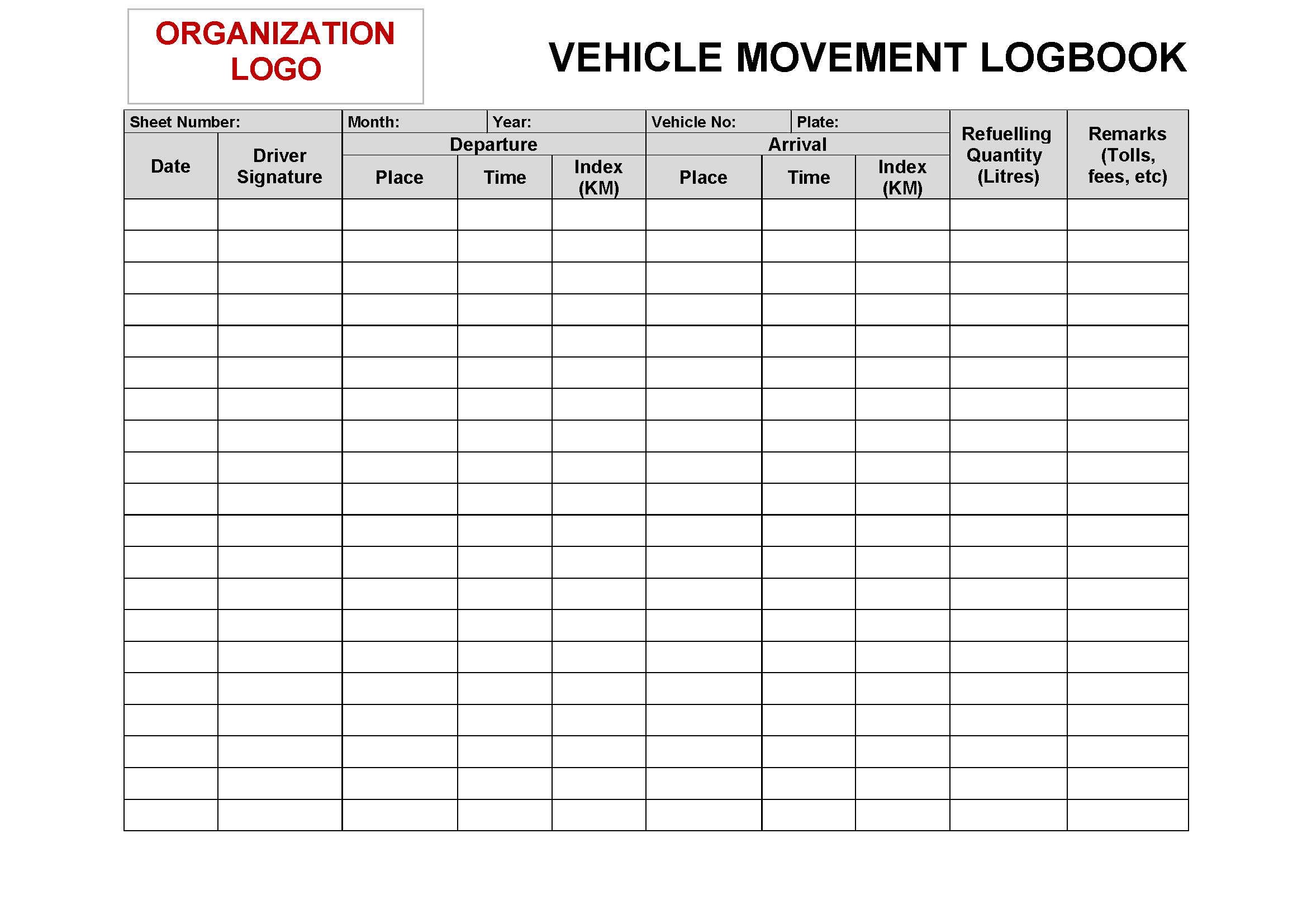Fleet Management should contribute to the cost efficiency and effectiveness of the organisation while achieving its operational goals. Capturing data, analysing data, and taking informed decisions is a basic three step process to monitor and improve the fleets' performance.
Data Collection
Fleet data should be captured in a structured way, always keeping in mind that collected data should contribute to decision making. Fleet performance criteria can be classified in the following blocks:
| Usage |
|
|---|---|
| Driving Habits and Condition |
|
| Costs |
|
| Security |
|
In order to generate basic indicators, it is recommended that the following information should be collected on a monthly basis:
- Number of working days for the current period.
- Number of days the vehicle was used during the current period.
- Number of days during the current period the vehicle was at the workshop for service or repair.
- Distance covered during the current period.
- Fuel consumed during the current period.
- Costs incurred during the current period for:
- Fuel.
- Maintenance.
- Repair.
- Tire.
- Other/Miscellaneous (cleaning, tire pressure check).
- Crashes and vehicle incidents
- Number of vehicle incidents during the current period.
- Number of injuries during the current period.
- Number of fatalities during the current period.
Vehicle Logbook
Monitoring information is captured at different levels and from different sources. The primary repository of vehicle movement information is the vehicle logbook. The vehicle logbook is a book used to record all the relevant information for a specific vehicle. It is always kept in the vehicle, and is the responsibility of the driver assigned to the vehicle. Normally logbooks have two different parts: one to register all repairs and maintenance activities and a second to register mileage and fuel consumption.
Template vehicle maintenance logbook:

Adapted from ACF
Template vehicle movement logbook:

Adapted from ACF
Both maintenance and fuel logbook templates are printed in a single book that is filled by driver and mechanic, and collected by the fleet manager regularly. It is recommended to compile all logbooks and process them in a monthly basis.
The information from the Logbook is then transferred to a spreadsheet for consolidation and analysis. Several templates can be used for a systematic collection of data. Fleet Forum offers a collection and reporting tool based on spread-sheet developed by the WHO.
Fuel Consumption
The fuel consumption of the vehicle is one of the basic parameters to monitor the vehicle condition and driving habits.
A baseline for vehicle fuel consumption should be provided by the vehicle manufacturer or the fleet manager as per his/her experience. Road conditions, load weight, idling time, use of air conditioned, age of the vehicle, service condition and other things can affect fuel consumption. Taking these factors into consideration, the consumption of a driver-vehicle tandem should be more or less regular in time and significant deviations should be examined to understand the reasons behind and corrected when possible.
Fuel consumption baseline per type of vehicle generally looks like:
| Type of vehicle | Fuel Consumption (litres per 100 km) |
|---|---|
| Sedan < 2.7 tonnes | 11.90 |
| PICK-UP / SUV /SUV-4x4 (GVW* <3.5T) | 15.35 |
| VAN / MINIBUS (GVW <3.5T) | 15.35 |
| ARMOURED VEHICLE (AV) | 21.80 |
| BUS / TRUCK (GVW >3.5T) | 20.50 |
Adapted from WHO
It is recommended to calculate the consumption after each refill. To make the calculation for a consumption in litre per 100 Km:
| Example | 1. Record the odometer reading at two different refueling locations (tank should be completely filled). 2. Subtract the odometer reading at the most recent fill-up location from the odometer reading from the previous fill-up location:
3. Record the quantity of fuel put in the tank at the most recent fill-up location:
4. Fuel consumption per 100 Km is expressed as:
|
|---|
Other Data Sources
Information on vehicle usage that can assist calculating the availability rate or the utilisation rate could be extracted from the movement planning and workshop records.
Information on vehicle crashes should be also duly recorded to enable monitoring of safety related fleet indicators. Fleet Forum has developed a comprehensive toolkit for managing crash reporting and analysis.
Collecting regular feedback from the users of the service may provide qualitative information like level of satisfaction, driving practices, driver behaviour and service mindset, safety, and others.

